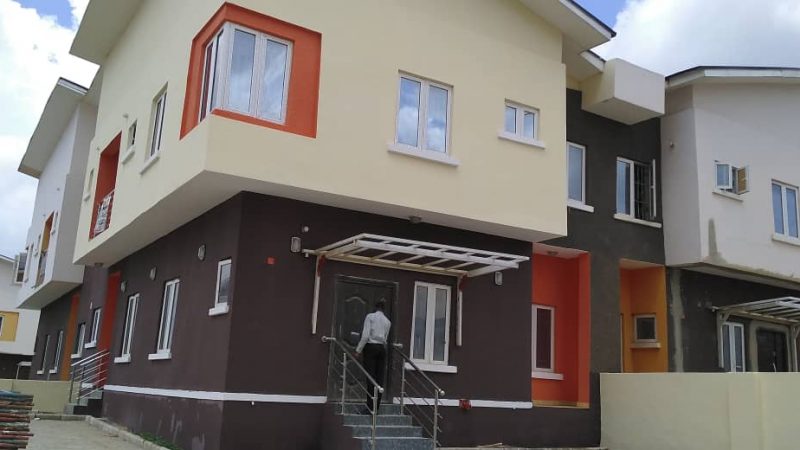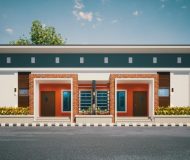
ECO-FRIENDLY FEATURES TO LOOK FOR IN A HOME
In an era where environmental consciousness is becoming increasingly crucial, more and more individuals are prioritizing sustainable living and seeking eco-friendly homes. Sustainable homes not only contribute to a healthier planet but also offer numerous benefits to homeowners, including reduced energy costs and enhanced well-being. If you are on the hunt for an eco-conscious abode, this article will guide you through the essential eco-friendly features to look for in a home.
1. Energy-Efficient Insulation
A truly eco-friendly home begins with excellent energy-efficient insulation. Properly insulated walls, windows, and doors help maintain a consistent indoor temperature, reducing the need for excessive heating or cooling. Look for homes with high R-values, which indicate effective insulation materials that keep your home comfortable year-round while minimizing energy consumption.
2. Solar Panels and Renewable Energy Sources
Solar panels have become a hallmark of sustainable living, as they harness clean and renewable energy from the sun. A home equipped with solar panels can significantly offset electricity costs and reduce reliance on fossil fuels. Consider properties with existing solar installations or potential for solar panel integration, as they can make a significant impact on your carbon footprint.
3. Energy-Efficient Appliances and Lighting
An eco-friendly home should feature energy-efficient appliances and lighting solutions. Look for homes with ENERGY STAR-rated appliances, which are designed to consume less energy without compromising performance. LED or CFL lighting fixtures are also energy-efficient alternatives that last longer and save electricity compared to traditional incandescent bulbs.
4. Water Conservation Features
Water is a precious resource, and sustainable homes should include features that promote water conservation. Look for properties with low-flow faucets, toilets, and showerheads, as they can significantly reduce water consumption without sacrificing water pressure. Rainwater harvesting systems and water-efficient landscaping are additional eco-friendly features that help preserve water resources.
5. Green Building Materials
Homes constructed with eco-friendly and sustainable building materials are a step towards a greener future. Look for properties that incorporate materials like bamboo, reclaimed wood, recycled steel, or non-toxic paints and finishes. These materials are more environmentally friendly, often produced with fewer harmful emissions and reduced environmental impact.
6. Efficient Heating and Cooling Systems
Efficient heating and cooling systems play a vital role in maintaining a comfortable indoor environment while conserving energy. Properties with energy-efficient HVAC systems, programmable thermostats, and zoning capabilities allow you to regulate temperature and reduce energy consumption effectively.
7. Natural Ventilation and Daylighting
Homes with excellent natural ventilation and daylighting can minimize the need for artificial lighting and mechanical cooling. Seek properties with strategically placed windows and ventilation systems that encourage the flow of fresh air, promoting a healthy and energy-efficient living space.
8. Sustainable Landscaping
An eco-friendly home extends to its outdoor space. Sustainable landscaping practices, such as native plantings, rain gardens, and permeable surfaces, can help conserve water, support local ecosystems, and reduce the need for chemical fertilizers or pesticides.
Choosing an eco-friendly home is not just an investment in your future but also in the health of our planet. Embracing sustainable living through eco-friendly features helps reduce your carbon footprint, conserve valuable resources, and create a healthier living environment. As demand for eco-conscious homes grows, so too will the options for sustainable living, allowing homeowners to make a positive impact while enjoying the benefits of a greener lifestyle. By prioritizing these eco-friendly features in your home search, you can create a more sustainable and environmentally responsible living space for yourself and future generations.





